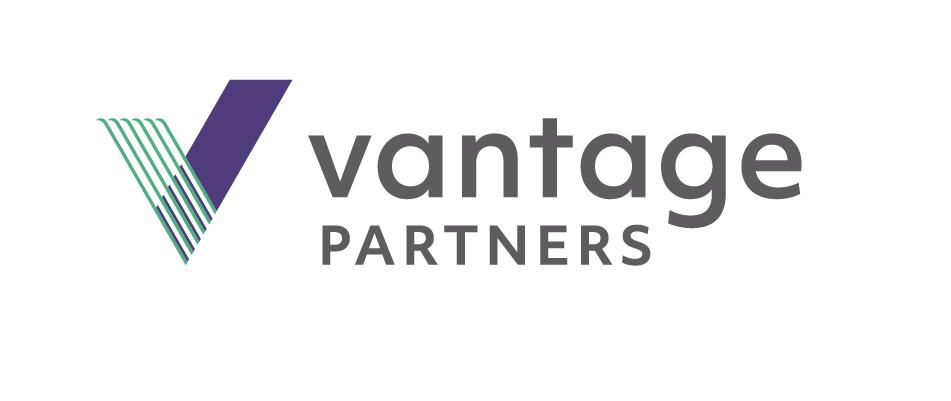
Originally published in 2020 on Mandel Communications' blog.
As we continue to work in remote environments, virtual video meetings are keeping us all connected and business moving forward. They’re also leaving us exhausted. Learn how to cut out unnecessary meetings to restore wellbeing and productivity.
If you find yourself feeling more tired than ever at the end of your virtual workday, you’re not alone. People everywhere are complaining of “Zoom fatigue” after weeks of working in lockdown.
Too Much of a Good Thing
Platforms such as Zoom, Microsoft Teams, or Skype present a neat solution for remote work—and a seemingly perfect antidote to the isolation of lockdown. But as our screens become both work and social spaces, we find ourselves constantly tethered to our computers, and it’s taking a toll.
Consider a typical work-from-home day: You log on in the morning for a virtual team update. You log your kids on for their school check-ins. You sign on for multiple meetings throughout the day. You set up a video chat with friends and family for virtual game night. You even watch your favorite late-night TV hosts stream monologues and interviews through the magic of videoconference technology.
And at the end of it all, you’re more than a little screen-weary.
Why Video Chat Is More Taxing
Even those who are used to full schedules of meetings are experiencing the burnout. There are a number of reasons video calls can be more draining than regular face-to-face, in-office meetings. A lot of it comes down to the fact that our brains have to work harder when we interact through a screen.
- It’s mentally strenuous trying to read other people without the more subtle nonverbal cues we give and get in in-person interactions.
- Being on camera makes us feel a greater need to be “on”—looking put together and engaged through the whole meeting.
- The temptation to multitask by tab surfing, reading email, and responding to chats on the sly during online meetings increases our mental processing load.
- Meanwhile, many of us are sharing our new workspaces. The needs and distractions of pets or kids or partners, as much as we love them, put a further strain on our concentration during meetings.
All of this adds up to the perfect storm for mental, emotional, and even physical exhaustion. The good news is that this exhaustion can be managed. The better news is that in some instances, it can be cut out altogether.
Eliminate the Fatigue
There are plenty of tips out there for making virtual meetings less painful and reducing the fatigue. And when a video meeting is necessary, these tips are lifesavers.
The truth is, though, that even when we’re “face-to-face” online, screens are distancing and continue to be a drain on our energy. Often, video meetings are not the most efficient or effective choice for your communication needs. Rather than just reducing fatigue, find instances where it can be eliminated.
Do You Need a “Meeting” Meeting?
One recent study found that professionals across the US and Europe feel that up to two-thirds of the meetings they attend are pointless. When it’s business as usual in the office, there are a number of criteria for determining whether a meeting is necessary. Those same criteria apply in the virtual workplace.
Before you call a virtual meeting, decide whether it really has to be a face-to-face, all-hands-on-deck event. Clarify your meeting’s purpose and what’s needed to reach it. Ask questions like: Does this require a real-time conversation? Will we need to share screens? Does more than one other person need to be involved?
Consider whether there’s enough value in what you’ll get from a meeting to justify adding one more distraction to people’s work/play/living spaces. Then weigh the benefits of these four options for eliminating unnecessary meetings against that value.
Four Alternatives to Video Calls
- Old-Fashioned Email. Is the purpose of the meeting to inform participants of a change or new decision? Think about shooting them an informative email instead.
- More exclusive invites. If a face-to-face meeting is essential, does everyone on the invite really need to be there? Consider paring down the list of required attendees to give people a break.
- A simple phone call. If the interaction only requires one or two other people, think about switching to a phone call. A call lends itself to quick check-ins and single-issue resolutions. It also offers a chance for a physical break as you wander around the kitchen or the backyard while you talk.
- Asynchronous solutions. If the topic isn’t overly time sensitive, let participants weigh in on their own time. Virtual options like tracking comments in a Google Doc or Microsoft Word document, posting online surveys, or doing a check-in via Slack or other team chat app can be quick and unobtrusive.
As you navigate the learning curve of remote workplaces, take the time to protect your own well-being and that of your colleagues. Sometimes, keeping it simple is the best solution for keeping people and businesses healthy and moving forward.
Authors:

.png?width=512&height=130&name=vantage-logo(2).png)
